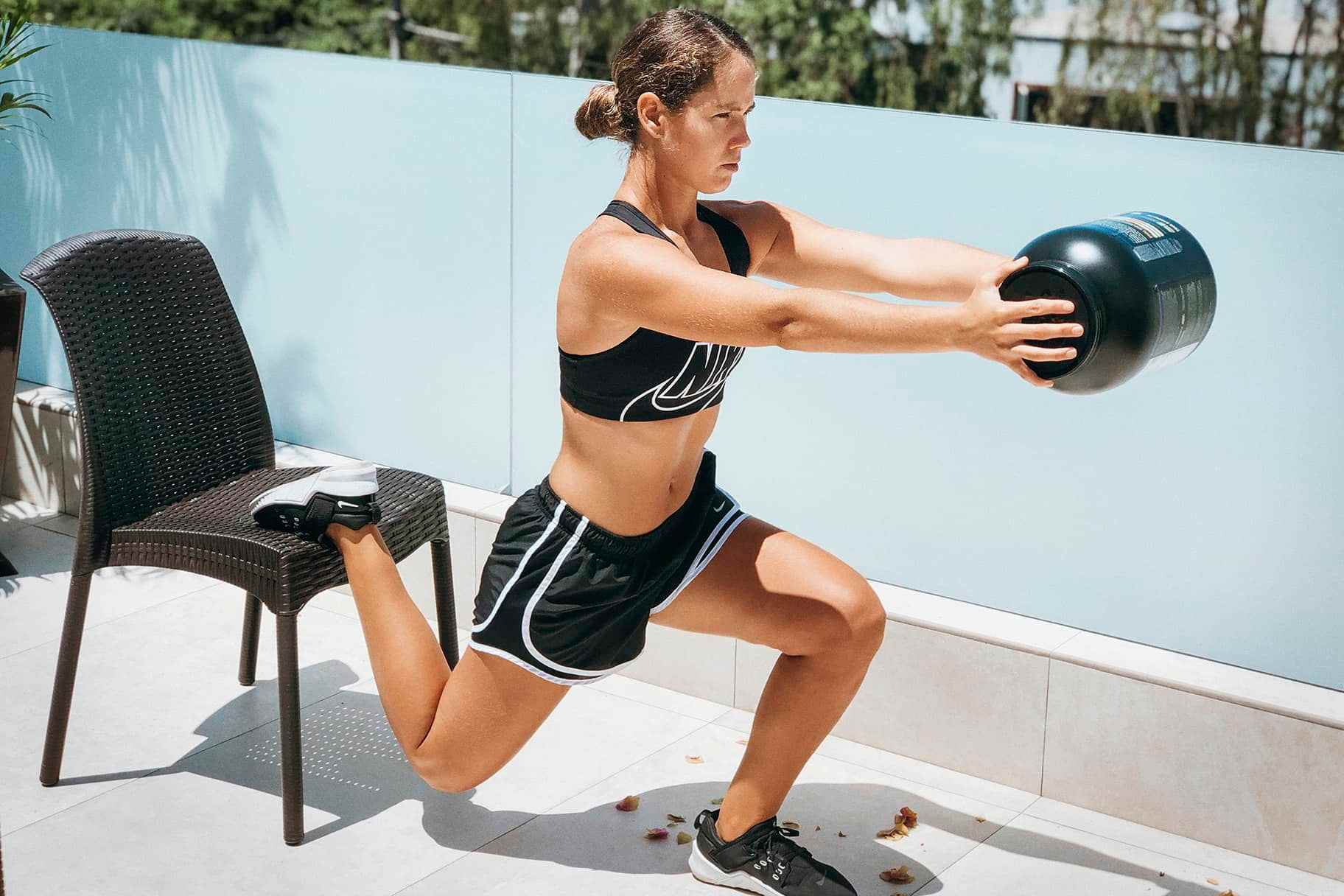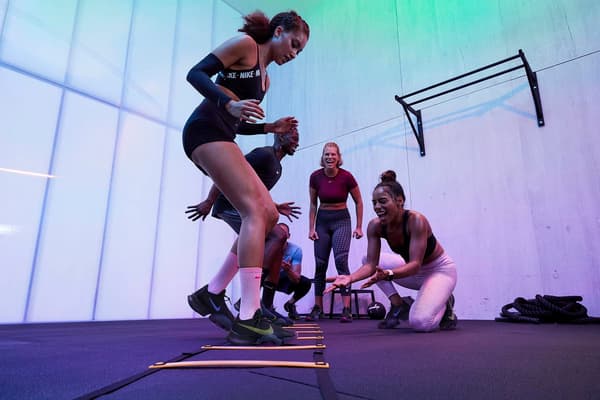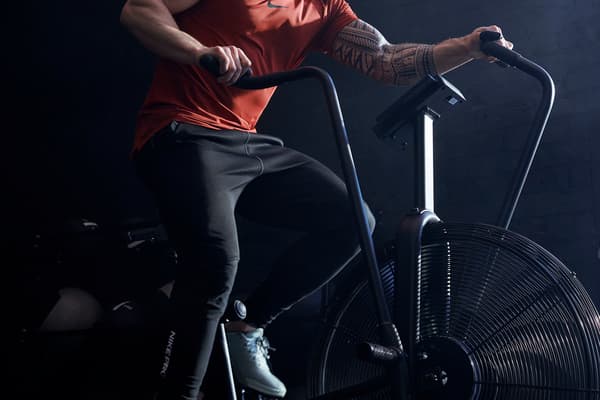What Is Functional Training?
Sport & Activity
This cross-training method, which started as a form of physical therapy and is now used by the military and athletes, offers many health benefits.

To excel physically, you've got to train functionally. Incorporating functional training into your fitness routine can help you build strength that transfers into performance. Here's what you need to know.
Functional training is a style of training that mirrors the movement patterns common in day-to-day life. When you carry heavy groceries from the car to the house, or squat down to pick up your toddler, strength is required. In a functional training workout, you'll practise movement patterns that help you to perform better in and out of the gym. The idea is that when you do these movements in your daily life, you're better equipped to do them thanks to your workout.
Functional training first started as a form of physical therapy to rehabilitate injured athletes, and it then gained popularity as an effective cross-training method. Nowadays, functional fitness is the touchstone for the military and athletes alike.
The US Army Training and Doctrine Command recognised the need for functional training to prepare soldiers for the types of tasks that would be expected in combat. Their training sessions include pushing, pulling, lunging, changing direction, jumping and more. This is the foundation of a functional training fitness workout.
What Are the Benefits of Functional Training?
1. Functional Training Enhances Athletic Performance
Incorporating functional exercises into an athlete's workout routine can help them perform better than ever. Gaining total body strength, stability and enhancing movement quality correlates to better athletic performance. This is why functional exercises are so common in sport-specific training.
For instance, box jumps might improve your sprint speed if you play football, and medicine ball chest throws might help you power your punch if you're a boxer. These functional movements target specific motor patterns relevant to your chosen sport, to build strength, power and mobility that transfer beyond the gym.
2. Functional Training Prevents and Rehabilitates Injuries
Functional training helps to prevent and rehabilitate injuries. Imbalances and asymmetries in common movements cause weaknesses prone to injury. By strengthening functional movement patterns that use multiple muscle groups at the same time, you teach your body to work in harmony. This helps to balance out weaknesses or natural imbalances, for injury prevention.
3. Functional Training Is Low Impact
Functional fitness is low impact, often involving bodyweight-only exercises. This makes it a great option for injury rehabilitation, beginners, pregnant women or older adults. Low-impact functional exercises include:
- Goblet squat
- Farmer's walk
- Single-leg bridge
- Push-up
- Lunge
These exercises, amongst many others, don't cause stress to your joints and can be easily adjusted for your current capability or fitness level. A functional workout routine often involves bodyweight, dumbbells or kettlebells, making it ideal for at-home workouts.
4. Functional Training Provides Better Mobility and Coordination
Having good mobility means you're able to perform movement patterns without restrictions. You have a wide range of motion, and the neuromuscular control and strength to achieve the movement. In functional training, your body practises working together. This enhances body awareness and coordination, resulting in better overall mobility.
5. Functional Training Keeps Things Interesting
If you're bored of bicep curls followed by sit-ups, bench presses, squats and barbell deadlifts, you might be interested in functional training. Moving weight around in the gym for a given number of sets and repetitions can get very … repetitive. Why not try something different?
Here are some examples of unique functional exercises:
- Bear crawls
- Wall handstand push-up
- Rope climb
- Crab reach
- Sled pull/push
6. Functional Training Enhances Power and Strength
Any activity you perform in or out of the gym is made easier with stronger muscles. Strong muscles are powerful—the product of strength and speed. Practising these explosive exercises builds functional strength and improves force production:
- Box jumps
- Lateral step-ups
- Paused squat jumps
- Heavy medicine ball throws
- Bodyweight vertical jumps
7. Functional Training Burns Fat
Functional workouts can be very high intensity. Exercises like those listed above recruit high-threshold muscle fibres in multiple large muscles. This has the biggest impact on your metabolic rate. You may be wondering how many calories are burned in functional training—and the answer is: a lot! The more muscles that are activated during a workout, the more energy is expended. The contraction of larger muscles eats up more oxygen and energy, leading to greater calorie burn.
Why Is Functional Training Important?
Our bodies are designed to move rather than be sedentary. But in modern times, many of us drive to work, watch TV and sit for long periods in front of a computer. Often, we only move during our workouts. As a result, our bodies become stiff and prone to injury. Functional training helps to loosen up muscles and tendons to help you become more mobile and active, reversing the effects of a sedentary lifestyle.
Incorporating functional exercises helps to remind your body what it was meant to do: move! And not by unnaturally flexing isolated joints, but by practising movement patterns ingrained in our human DNA. Instead of becoming sedentary, tight and uncoordinated, functional training helps you feel strong and fit.
Functional fitness is a key indicator of your overall health and wellbeing. It's fun, suitable for beginners and effective.





